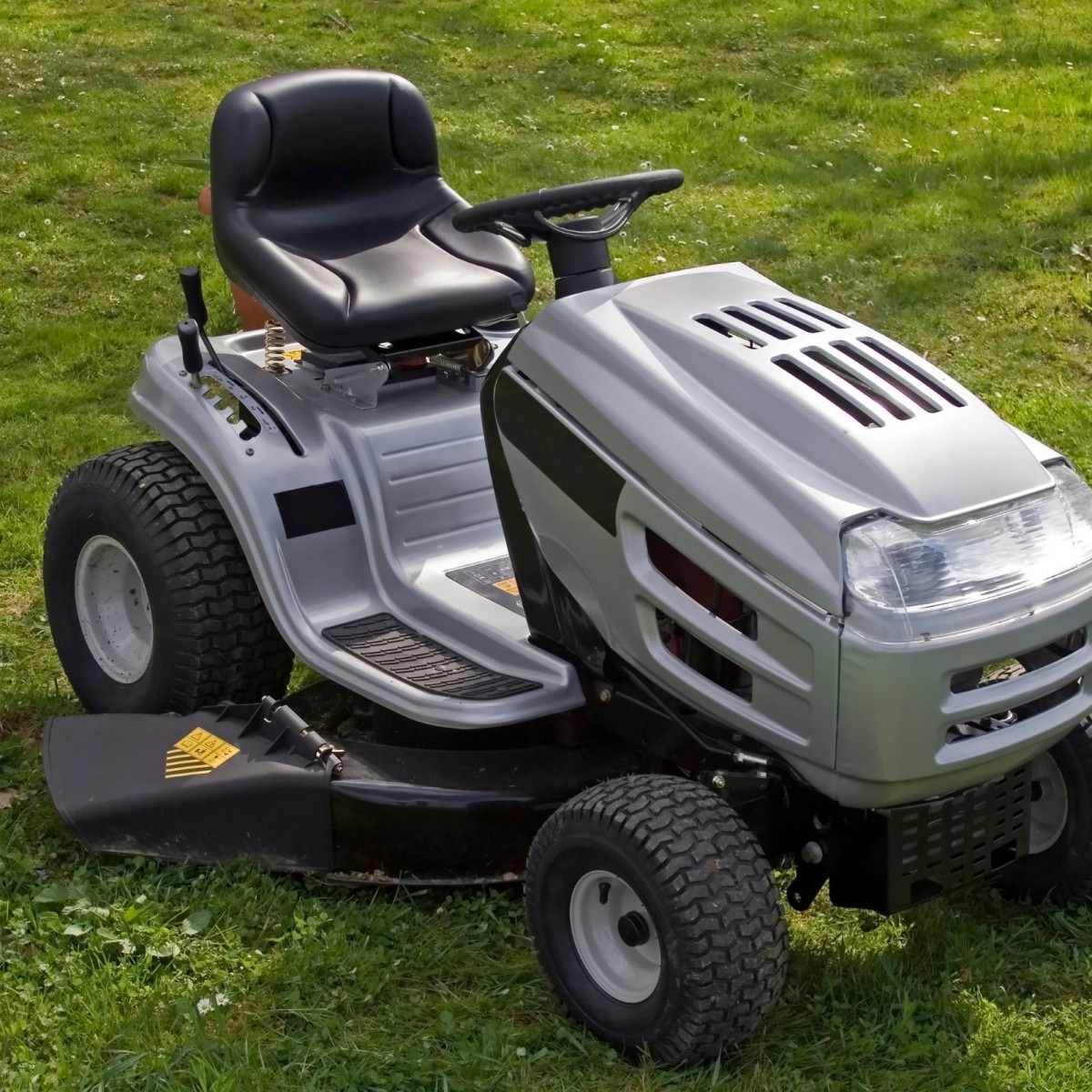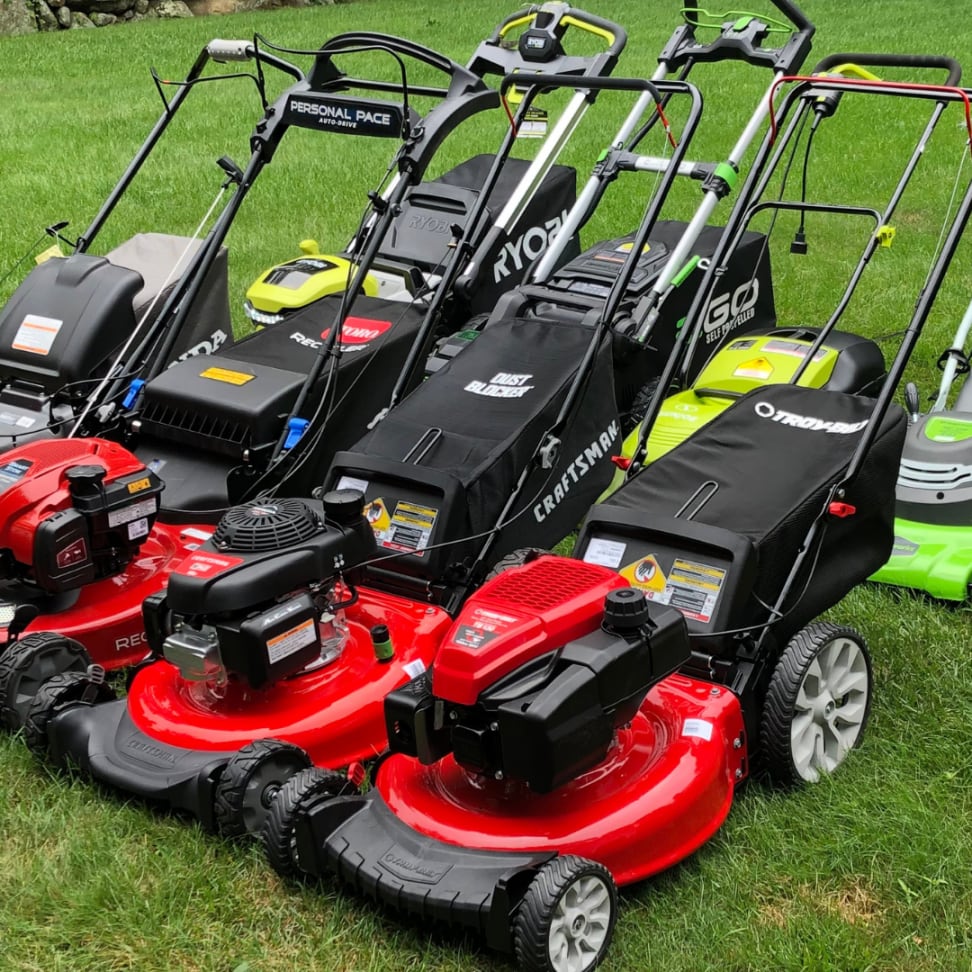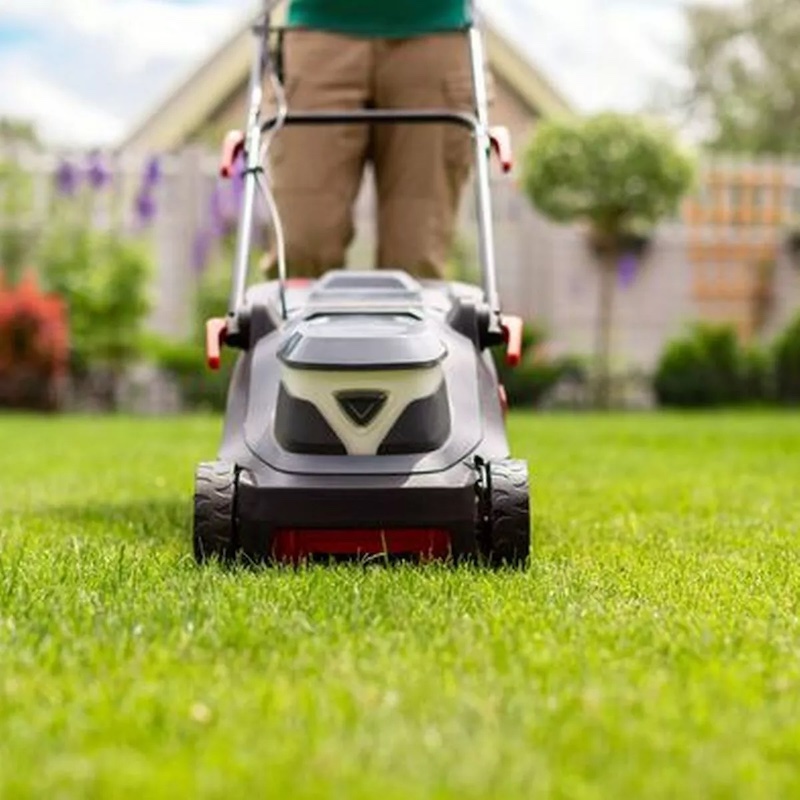
Lawn Mower Starts Then Dies Right Away: For Sudden Stalling
Common Causes of Lawn Mower Stalling
When a lawn mower starts then dies right away, several issues may be at play. A common culprit is a dirty or obstructed carburetor, which can hinder the engine’s performance. Besides the carburetor, stale fuel, a clogged fuel filter, or even a faulty spark plug can lead to stalling. It’s important to identify the root cause to effectively fix the mower.
The Impact of a Dirty Carburetor on Engine Performance
A dirty carburetor can have a serious impact on a lawn mower’s engine. If the carburetor is clogged, it disrupts the air and fuel mix needed for smooth operation. The mower may start, only to die moments later because the engine isn’t getting the proper combustion mixture.
Signs Your Carburetor May Be the Problem
If the engine stalls right after starting or shows inconsistent power, the carburetor could be the issue. Other signs include difficulty starting the engine, poor fuel efficiency, and black smoke from the exhaust. These symptoms suggest the carburetor isn’t managing the air-fuel mixture properly.
Identifying Carburetor Clogging in Lawn Mowers
Carburetor clogging is a prime reason why a lawn mower starts then dies right away. Knowing how to spot this problem saves time and frustration. Look for signs like stalling, surging, and difficulty starting.
The Role of Ethanol in Fuel-Related Issues
Ethanol in fuel can lead to clogging. It may evaporate and leave sticky residues. Over time, these can block carburetor channels and disrupt fuel flow.
Recognizing the Symptoms of Carburetor Obstruction
Watch for engine stalling, surging power, or black exhaust smoke. These signs mean the carburetor may be blocked. Difficulty starting or sudden drops in fuel efficiency are also red flags. Timely cleaning can prevent these issues and keep your mower running smoothly.
Tools Needed for Carburetor Cleaning and Maintenance
Carburetor cleaning is a vital maintenance task for a smoother lawn mower operation. Proper tools make this task easier and effective.
Essential Items for DIY Carburetor Repair
To tackle a dirty carburetor, you need a few basic tools:
- Socket and Ratchet: Match sizes with your mower’s carburetor bolts, as specified in the manual.
- Gas Siphon: Safely remove fuel before starting your cleaning process.
- Carburetor Cleaner Solution: Choose an aerosol type with a straw for precision when applying.
- Fuel Treatment Solution: Using this can prevent future clogs by keeping the gas clean.
Make sure to wear gloves to protect your hands from chemicals and dirt. Organize your tools beforehand to streamline the cleaning process. A clean workspace helps prevent losing small carburetor components during disassembly. With these tools, you’ll be prepared to take on the task of maintaining your lawn mower’s carburetor.
Step-by-Step Guide to Cleaning a Lawnmower Carburetor
Inspecting and Cleaning the Air Filter
First, check the air filter. A clogged filter can cause stalling. Clean off any dirt to improve airflow. If you see black smoke, the filter may need more cleaning. Clean or replace the filter if needed.
Checking and Maintaining Connections
Next, examine the throttle and choke connections. Clean any sticky connections. Tighten loose screws or replace if worn out. Ensure connections are secure for the engine to run smoothly.
Detailed Process for Carburetor Component Cleaning
For a deep clean, remove the carburetor. Unscrew parts carefully. Remove the primer, metering plate, and gasket. Spray cleaner inside ports to clear residue. Wipe down with a soft cloth to finish cleaning.
Reassembling and Testing the Carburetor
After cleaning, put the carburetor back together. Check diaphragms, gaskets, and plates for correct placement. Once reassembled, attach it to the engine. Replace the fuel line, and check the air filter housing. Add gas and start the mower to test. If the mower starts then dies right away, double-check your work. Rechecking connections and assembly can often fix the issue.
Preventative Maintenance to Avoid Future Stalling
Preventing your lawn mower from stalling begins with regular maintenance. Here are a few tips to help avoid future stalling issues:
Tips for Regular Carburetor Upkeep
- Clean Regularly: After every few uses, clean your carburetor to prevent residue build-up.
- Check the Air Filter: Ensure the air filter is clean for optimal performance.
- Use Fresh Fuel: Don’t let fuel sit in the tank too long; use fresh fuel and empty it when storing.
- Fuel Stabilizer: Add a fuel stabilizer to prevent the fuel from evaporating and leaving a residue.
- Inspect Gaskets: Look over the gaskets for wear and tear, replace them as needed to ensure a good seal.
By following these steps, you can extend the life of your lawn mower and reduce the chances of it stalling.
Recommendations for High-Quality Mowers to Reduce Carburetor Issues
Choose a reputable brand for your lawn mower. Companies like Briggs and Stratton provide quality options that are less likely to have carburetor issues. Investing in a mower with well-made components can save money and time on repairs in the long run.
Troubleshooting Persistent Stalling Issues
If your lawn mower starts then dies right away despite thorough cleaning, further troubleshooting is needed. Persistent issues may signal deeper mechanical problems. In such cases, it’s essential to reassess. Missing a small detail during the cleaning process can cause continued stalling.
When to Consider Carburetor Replacement
Sometimes, a carburetor is beyond repair. If cleaning and maintenance don’t resolve the stalling, replacement might be the next step. Signs that suggest the need for a new carburetor include:
- Severe corrosion or damage to the carburetor.
- Repeated clogging despite regular cleaning.
- Worn out gaskets and seals that fail even after replacement.
If these issues are present, it may be more cost-effective to install a new carburetor.
Additional Checks Before Seeking Professional Help
Before opting for professional service, perform these additional checks:
- Fuel Line: Ensure it’s clear of debris and not cracked.
- Spark Plug: Replace it if dirty or damaged.
- Oil Level: Confirm it’s at the appropriate level and not contaminated.
Conclusion
When a lawn mower starts but then dies right away, it can be frustrating. There are several common reasons why this might happen. Ensure the cutting blade is not obstructed or hitting anything. A jammed blade can cause the engine to stall.
If your mower has a primer button, make sure you’re using it correctly. Too many or too few pumps can affect starting and running. Ensure the cutting blade is not obstructed or hitting anything. A jammed blade can cause the engine to stall.
The carburetor might need adjustment or cleaning. Over time, dirt and old fuel can clog the jets and passages. If the engine is flooded (too much fuel), let it sit for a while to dry out or try clearing the flood by pulling the starter rope a few times with the throttle wide open.
A weak or broken throttle return spring can cause the engine to stall because the throttle doesn’t return to idle properly. A clogged muffler can restrict exhaust flow, leading to poor performance and stalling. Inspect and clean if necessary.
If after checking all these components the problem persists, it might be time to consult a professional mechanic. They can provide a more thorough diagnosis and repair. By systematically checking each of these areas, you should be able to identify and resolve the issue causing your lawn mower to start and then die right away. By attending to these areas, you might pinpoint the stalling cause. If the mower still fails to run correctly, it might be time to consult a professional.


